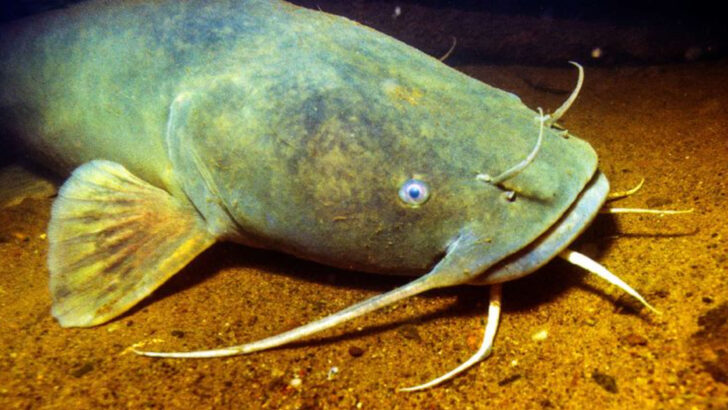The Mississippi River used to be a wild, untamed force, teeming with fish that ruled its waters long before the dams arrived. Giant catfish, prehistoric sturgeons, and sleek paddlefish dominated the deep, murky currents, living life on their own terms.
But everything changed. The mighty dams altered the river’s natural flow, forcing these ancient fish to adapt or disappear. Some have survived, clinging to their old habits in pockets of the river that still resemble the wild days of yore.
What happened to the fish that once ruled this great river? Did they evolve, or were they wiped out in the wake of human intervention? Let’s dive into the history of the Mississippi’s fish species, and explore the legacy of those who once owned these waters.
Paddlefish
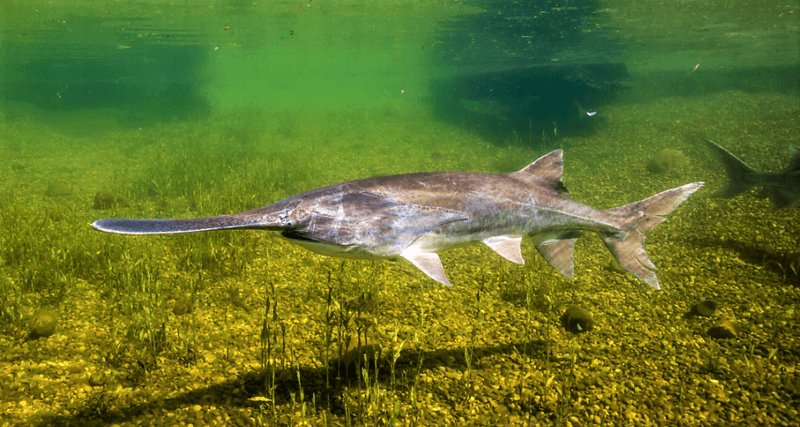
With a snout resembling a paddle, the Paddlefish is an ancient species tracing back millions of years. This majestic creature once glided through the Mississippi’s waters, feasting on plankton. Its long, spatula-like snout isn’t just for show—it houses electroreceptors that detect prey. Swimming alongside this ghost of prehistoric times felt like a journey through history.
Paddlefish were renowned for their peaceful nature, rarely disturbing the balance of their aquatic home. Their unique method of feeding, filtering plankton through gill rakers, made them a vital part of the river’s ecosystem.
American Eel
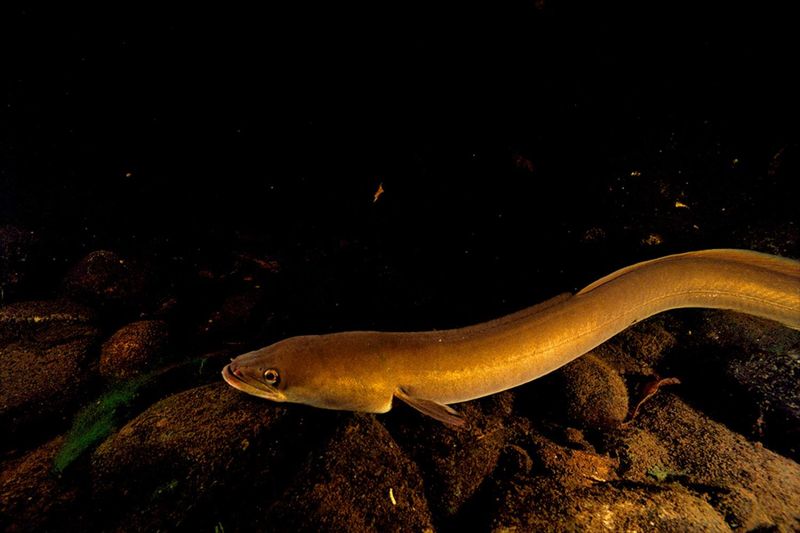
Slithering through the murky depths, the American Eel was a master of disguise. Its elongated body and slippery texture allowed it to navigate the river’s twists and turns with ease. Eels were once a common sight, journeying from the ocean to freshwater to spawn.
Their life cycle was a marvel; born in the Sargasso Sea, they traveled thousands of miles to reach the Mississippi. This epic migration symbolized the interconnectedness of ocean and river, a journey now disrupted by modern barriers.
Alligator Gar
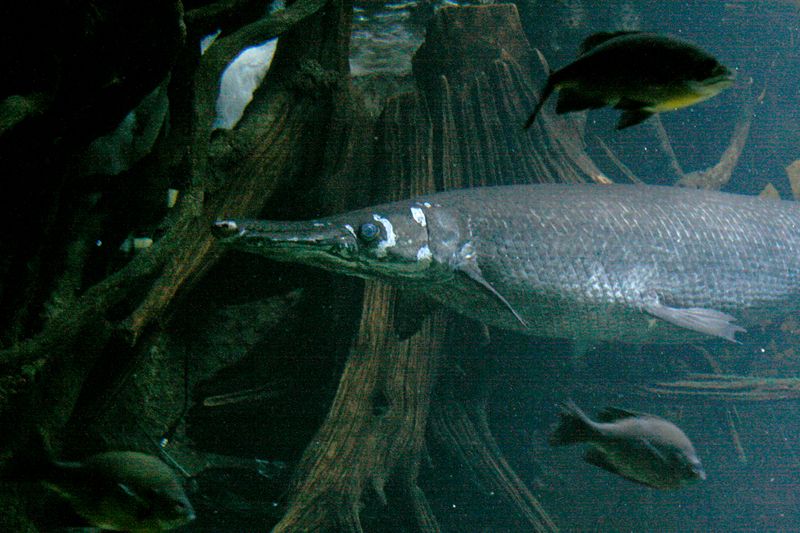
With a fearsome appearance, the Alligator Gar was the river’s prehistoric predator. Its muscular body and sharp teeth could intimidate any onlooker. Yet, it was an essential top predator, keeping the ecosystem in balance by controlling fish populations.
The gar’s ability to breathe air allowed it to survive in low-oxygen waters, making it incredibly adaptable. Often misunderstood, this ancient fish played a crucial role in its habitat, a role only now recognized long after its decline in numbers due to habitat changes.
Flathead Catfish
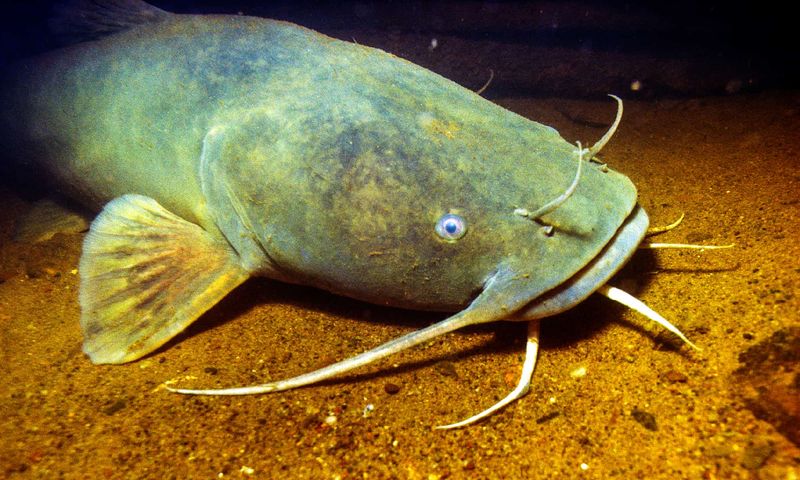
The Flathead Catfish, with its wide mouth and whisker-like barbels, was an expert hunter lurking at the river’s bottom. Its distinctive flat head allowed it to hide among the riverbed’s stones and silt, springing into action as unsuspecting prey wandered by.
These catfish were not just hunters but also caretakers. They diligently guarded their nests, ensuring their young had a fighting chance in the wild. Their presence in the Mississippi highlighted the river’s rich biodiversity, a richness now challenged by changes.
Lake Sturgeon

The Lake Sturgeon, a gentle giant, glided through the Mississippi like a relic from another time. Its bony plates and elongated body were a testament to its ancient lineage. Known for their longevity, sturgeons could live for over a century, witnessing generations of change.
Their presence was a sign of a healthy ecosystem, as they fed on bottom-dwelling organisms, keeping the river clean. Though they once thrived abundantly, sturgeons suffered from overfishing and habitat disruption, their numbers dwindling with each passing year.
Channel Catfish
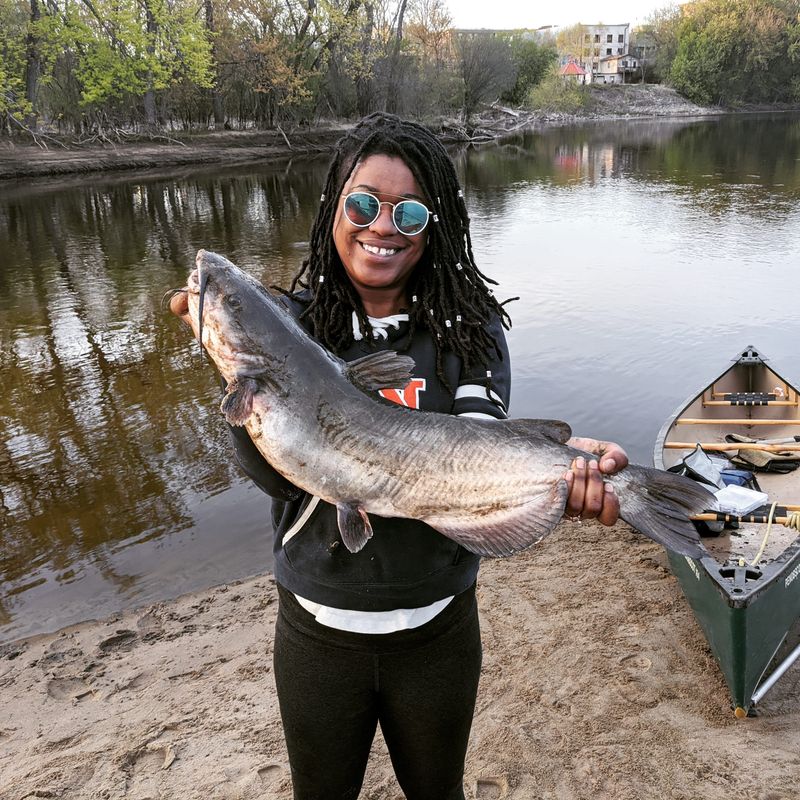
The Channel Catfish was a familiar face in the Mississippi, celebrated for its culinary appeal and sporting challenge. Its whiskered face and spotted skin made it instantly recognizable, while its adaptability ensured its survival in varied environments.
Channel catfish were social creatures, often found in groups where food was abundant. They played a key role as scavengers, cleaning up the river and ensuring its health. This fish was a staple for local fishermen, a testament to its enduring presence in the region’s history.
Bluegill
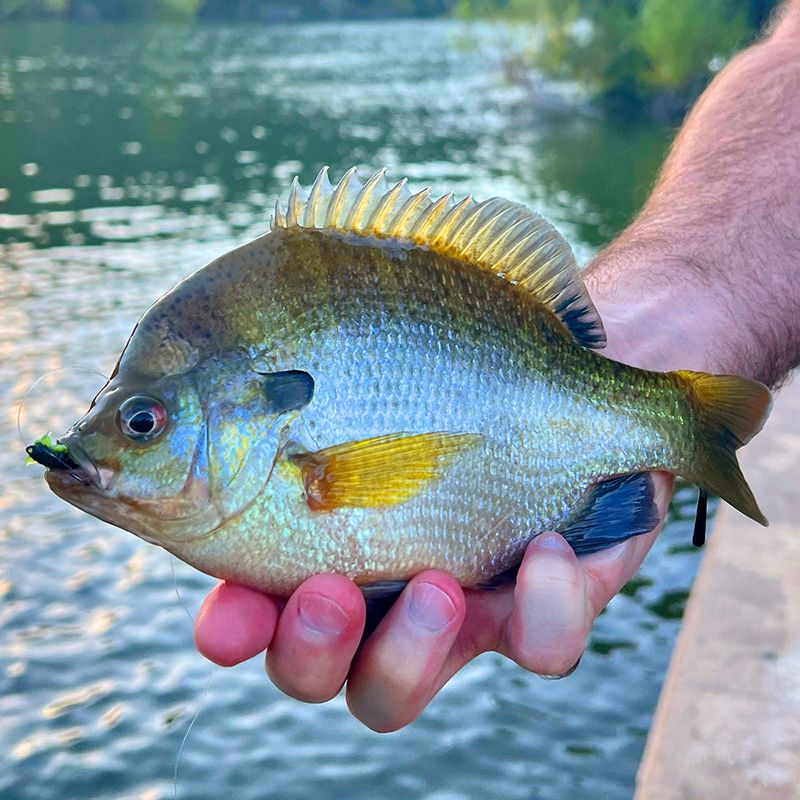
The Bluegill, with its vibrant scales of blue and orange, was the jewel of the Mississippi. This small fish, though often overlooked, brought life to its aquatic surroundings, darting playfully through the water.
Bluegills were social creatures, often found in schools that shimmered like a living tapestry beneath the waves. Their presence attracted larger predators, forming an integral link in the food chain. Despite being small, the Bluegill’s role in the river was large, a symbol of the thriving ecosystems of yesteryears.
Shortnose Gar
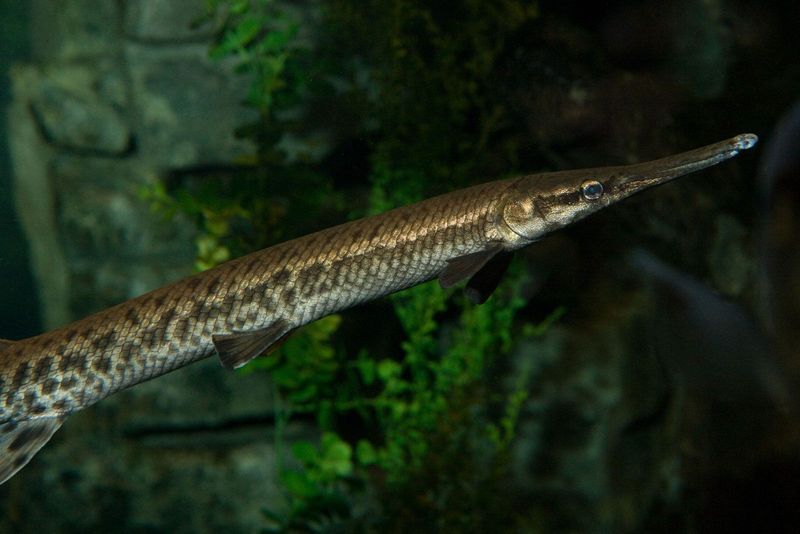
The Shortnose Gar, with its torpedo-shaped body and short snout, was a streamlined predator of the Mississippi. Its ancient lineage was apparent through its armor-like scales and elongated form.
Gars were adept hunters, using their quick reflexes to catch prey in swift motions. Despite their fierce appearance, these fish played a gentle role in maintaining the ecological balance. As guardians of the river, Shortnose Gars ensured the health of other species, a duty they could no longer perform as dams altered their world.
Bowfin
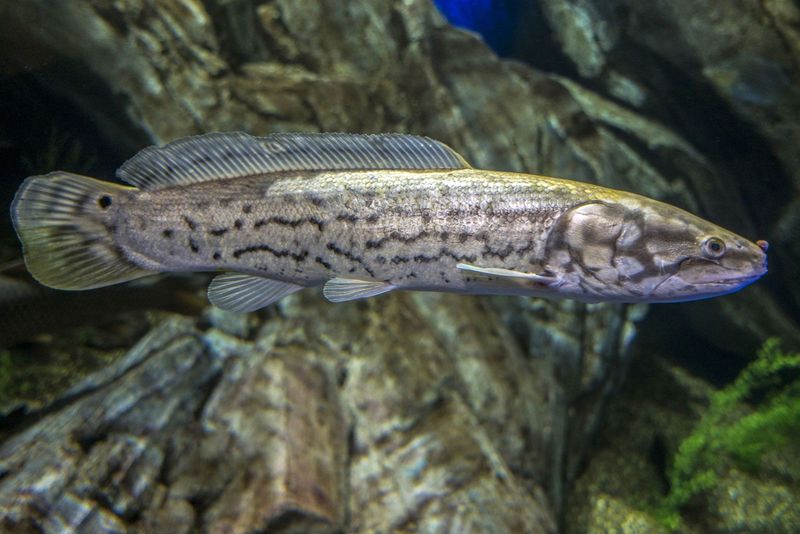
The Bowfin, a living fossil, inhabited the Mississippi’s backwaters long before dams transformed its course. Its elongated body and distinctive patterns made it a fascinating sight.
Bowfins were unique in their ability to breathe air, an adaptation that allowed them to thrive in oxygen-poor environments. This survival skill made them resilient, yet their populations dwindled as changes in the river affected their habitat. Known for their voracious appetite, Bowfins were crucial in controlling the populations of smaller fish, ensuring that balance was maintained.
Shovelnose Sturgeon
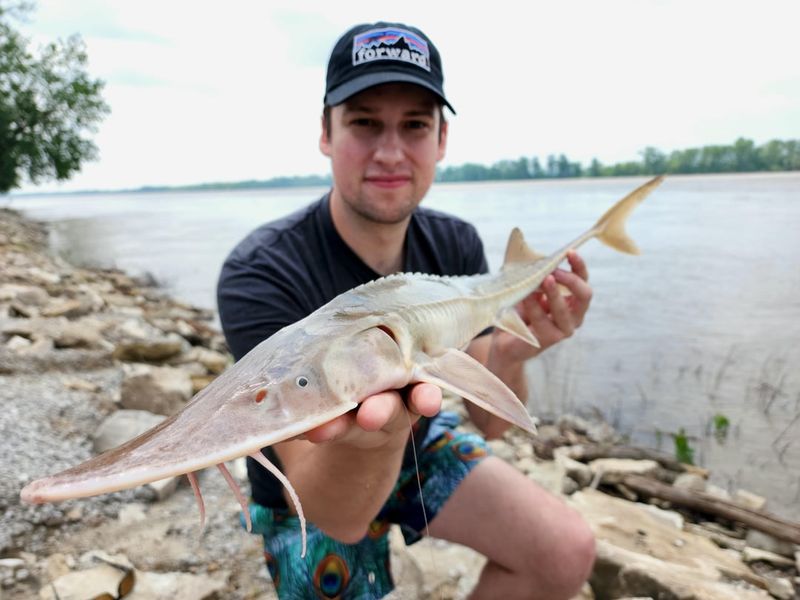
The Shovelnose Sturgeon, with its distinctive shovel-like snout, was a tireless traveler of the Mississippi. Its streamlined body made it a master navigator, moving effortlessly through the river’s depths.
These sturgeons were bottom feeders, sifting through the mud to find their meals. Their presence signaled a healthy river, a testament to their role in maintaining the ecosystem. Though resilient by nature, the Shovelnose Sturgeon’s numbers declined as human activity altered their habitat, leaving a void in the river’s once-rich tapestry.
White Bass
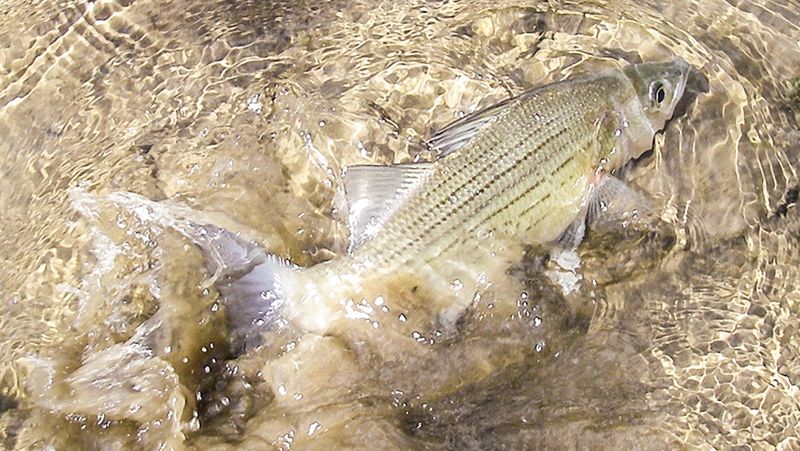
The White Bass, clad in shimmering silver scales, was known for its spirited nature. This energetic fish brought vitality to the Mississippi, moving in schools that danced like silver clouds.
White Bass were a favorite among anglers, not just for their taste but also for the challenge they presented. Their presence in the river was a sign of abundant life, a life now disrupted by the advent of dams. Though small in size, their impact on the river was large, symbolizing the interconnectedness of aquatic life.
Longnose Gar
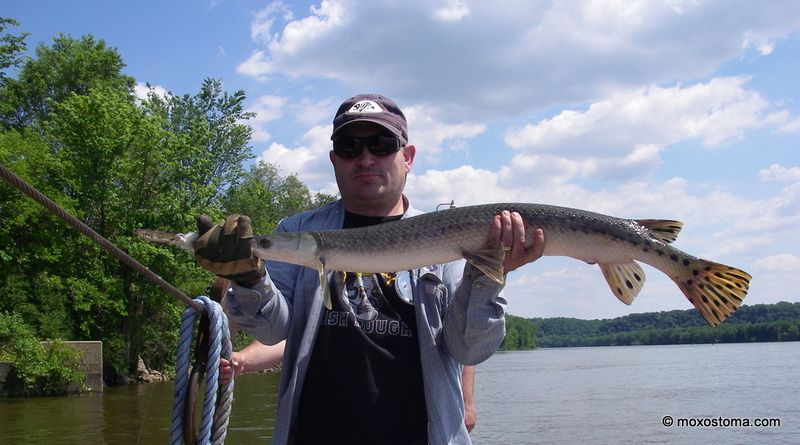
The Longnose Gar, with its sleek, elongated body, was a symbol of elegance in the Mississippi. Known for their distinctive long snouts, these fish were adept at navigating the river’s complex waterways.
As skilled hunters, Longnose Gars played an essential role in controlling fish populations, thus maintaining the river’s ecological balance. Their adaptability made them survivors, yet the changing environment posed challenges even they could not withstand, highlighting the fragile beauty of their existence.
Redear Sunfish
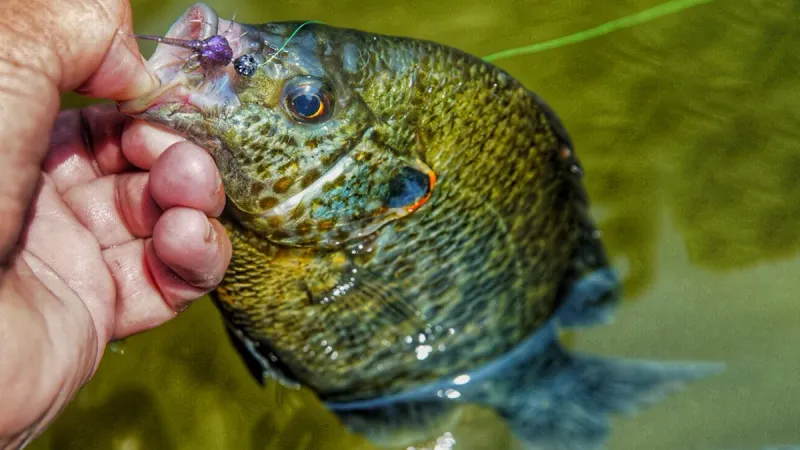
The Redear Sunfish, with its distinctive red markings near the gills, was a colorful inhabitant of the Mississippi. This small fish, often seen darting among aquatic plants, added a splash of color to its environment.
Known as ‘shellcrackers’ for their ability to eat snails, Redear Sunfish played a crucial role in controlling pest populations. Their playful nature and vibrant appearance made them a favorite among nature enthusiasts. Despite their resilience, the changes in the river have impacted their habitats, challenging their survival.
Northern Pike
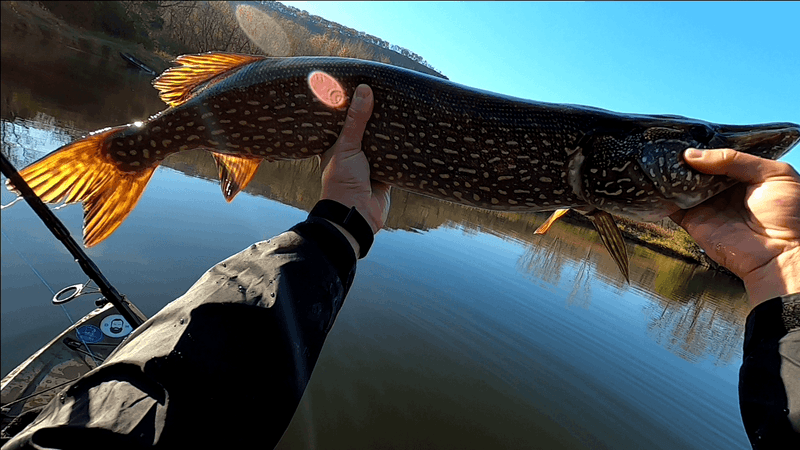
The Northern Pike, with its powerful physique and stealthy demeanor, was the river’s elusive hunter. Known for its explosive attack, this fish could ambush prey with unmatched precision.
Pikes were solitary creatures, lurking among the reeds and waiting for the perfect moment to strike. Their presence ensured the health of fish populations, as they preyed on the weak and sick. However, the construction of dams has fragmented their habitats, challenging their once-dominant presence in the Mississippi.

